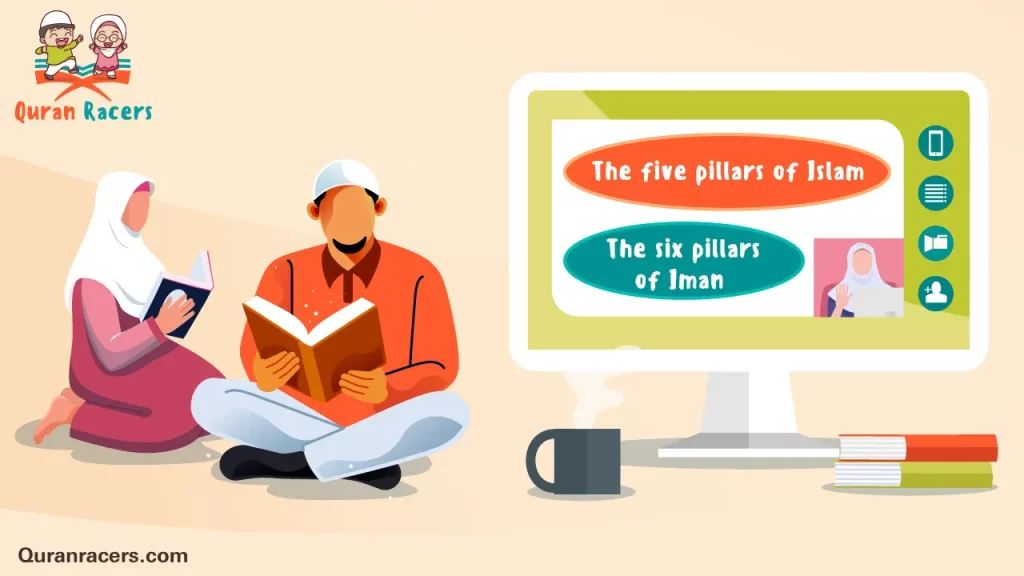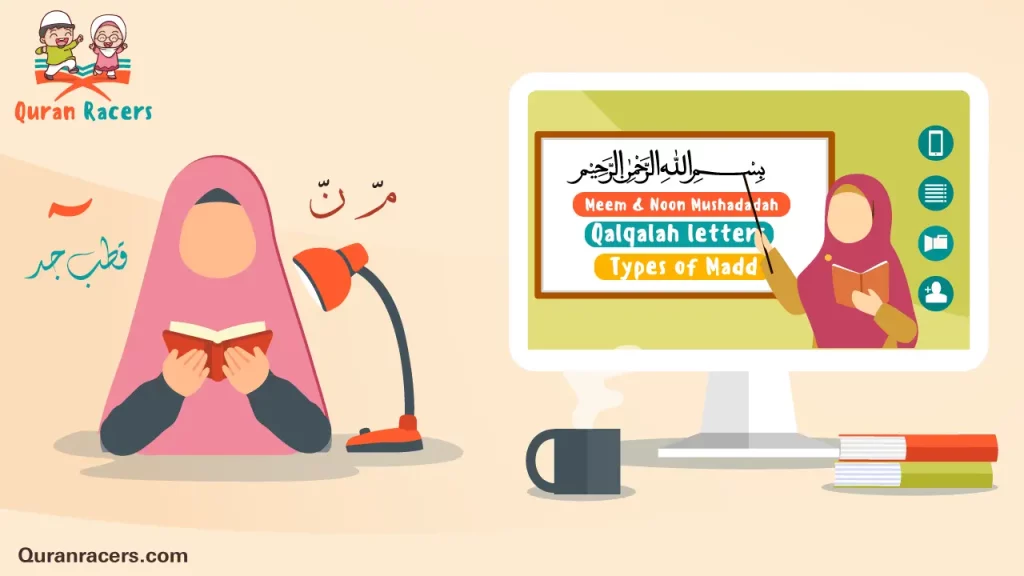Introduction: The Power of Connection in Recitation 🌟
Among the captivating melodies of the Qur’an, Connecting Madd stands out like a golden thread weaving the divine words together. It is not just a stretch of sound—it’s a rule that shapes how verses flow, connect, and resonate deep within our hearts. Mastering Madd gives your recitation a strength and continuity that brings each ayah to life.
What is Connecting Madd? 🔍
(المد المتصل) happens when a Madd letter (ا – و – ي) is followed by a Hamzah (ء) within the same word. This triggers a longer extension than Natural Madd—four or five harakat (counts) depending on the style of recitation.
Examples: 💡
-
جَاءَ (Jāʾa): The Alif is followed by a Hamzah in the same word → Apply Connecting Madd.
-
سُوءٌ (Sūʾun): Waw followed by a Hamzah → Stretch for 4–5 counts.
-
قُرِئَ (Quriʾa): Ya followed by Hamzah → Apply Connecting Madd.
The stretch is longer than Natural Madd because the presence of the Hamzah adds complexity and power to the pronunciation. The recitation becomes more intense, more soulful, and deeply connected.
Why is Connecting Madd So Crucial? 💠
Reciting the Qur’an is not just about reading words—it’s about delivering meaning with beauty. That’s where Connecting Madd makes all the difference.
It offers: ✨
-
Clarity in Sound: Ensures every syllable is fully formed and easy to hear.
-
Unity of Expression: Maintains the flow between letters and words without break.
-
Preservation of Meaning: Mispronouncing or shortening Connecting Madd can alter the word entirely.
Imagine saying “جاء” too quickly—the majesty and meaning of “He came” could vanish. But with proper Connecting Madd, it becomes bold, clear, and reverent.
When to Apply Connecting Madd 📘
To identify Connecting Madd, always look for:
-
A Madd letter (Alif, Waw, or Ya).
-
Followed by a Hamzah (ء).
-
In the same word.
If these conditions are met—apply Connecting Madd with 4–5 counts.
How to Practice Connecting Madd Effectively !?
Here’s a simple roadmap to master Connecting Madd:
1. Spot the Madd Letter + Hamzah Combo
Use colored Mushaf apps that highlight Tajweed rules. It helps your eye recognize the pattern easily.
2. Listen & Repeat
Choose a Qari like Mishary Alafasy or Abdul Basit. Focus on words like:
-
جاءَ
-
قرءان
-
شيءٌ
Repeat after them, mimicking their stretch and tone.
3. Use a Metronome or Finger Tap
To stay consistent in your 4–5 count stretch, tap gently on a surface as you recite the word.
4. Practice Ayat with Multiple Instances
Try:
-
سورة الإنفطار – Ayah 6:
يَا أَيُّهَا الإِنسَانُ مَا غَرَّكَ بِرَبِّكَ الْكَرِيمِ
(Notice the prolonged Ya + Hamzah at the beginning.) -
سورة النبأ – Ayah 40:
إِنَّا أَنذَرْنَاكُمْ عَذَابًا قَرِيبًا
(Look for stretching the vowels connected to Hamzah.)
Common Mistakes to Avoid :
-
Shortening the Madd: It should be longer than Natural Madd—don’t rush it.
-
Overextending Beyond 5 Counts: This can break the natural rhythm of the verse.
-
Skipping the Hamzah: Always pronounce it clearly after the Madd letter.
Every misstep here can reduce the emotional and phonetic strength of your recitation. Stay mindful.
Join QuranRecers Academy & Grow Your Skills 🌱
At QuranRecers Academy, we don’t just teach theory. We walk with you every step of your Tajweed journey. Our courses on Madd are interactive, practical, and spiritually enriching.
You’ll Gain Access To:
-
🎧 Real-time audio drills focused on Connecting Madd
-
📘 One-on-one feedback with certified Tajweed instructors
-
👥 Group sessions where learners recite, revise, and reflect together
Whether you’re a beginner or looking to perfect your skills—Connecting Madd becomes second nature with us.
Final Reflection🌿
Think of Connecting Madd as a sacred bridge—it doesn’t just link letters; it links your heart to the meaning of Allah’s words.
When you master it, your voice will flow, connect, and rise with the exact rhythm the Qur’an was revealed in. And that’s the kind of recitation that touches hearts, opens minds, and elevates souls.













